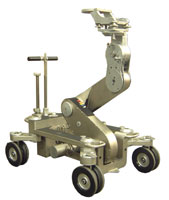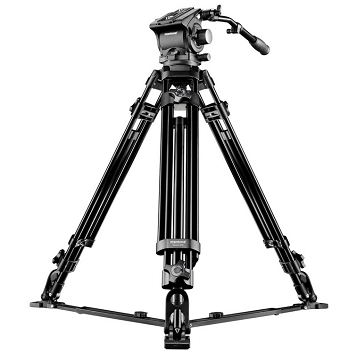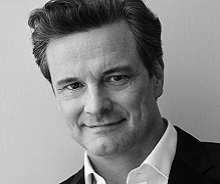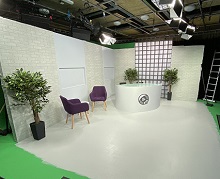A buyer's guide to grip equipment
 One of the first things that new camera operators learn is that the classic hand-to-eye handycam position isn't always, or even often, the best place to put the camera. In some sense, it's possible to put a camera more or less anywhere a human can go, though handheld camerawork has probably passed the peak of fashionability.
One of the first things that new camera operators learn is that the classic hand-to-eye handycam position isn't always, or even often, the best place to put the camera. In some sense, it's possible to put a camera more or less anywhere a human can go, though handheld camerawork has probably passed the peak of fashionability.
There still remains an invariable need for equipment to put cameras in useful places and even move them about and that's something which will remain unaffected by the march of technology. This instalment in our equipment ownership series is therefore about grip: tripods, dollies, jibs, and all the other tools of camera positioning.
Â
Tripods
To start simply, a tripod is a basic tool. At the most elementary level, there's often no consideration of the pan and tilt head as an item that's separate to the legs although the option to separate the two, for individual upgrades, is available on all but the lowest-end options.
Compatibility is expressed as a diameter - commonly 75 or 100mm - of the ball mount that's used to alter the angle of the head against the legs and allow the shot to be levelled. Larger tripods featuring a 100mm mount are unlikely to be of interest to owner-operators of anything but larger cameras and the majority of setups used outside feature and high-end TV drama production will use a 75mm ball.
Â
Tripod legs and extensions
The specifics of the head and legs as specific components are subject to an enormous amount of variability. Basic aluminium legs are heavier than more expensive carbon fibre, which matters if your location happens to be halfway up a mountain.
The big difference in actual functionality though, is between double and triple-extension legs. The triple-extension option collapses to a smaller package and permits camera positions closer to the ground without altering the angle of the legs, but this of course costs more money and is a little more hassle to extend to maximum height.
Â

Tripod heads and balancing
The term "tripod head" refers to a wide variety of devices over such a huge price range. The huge, costly wheel-operated geared heads used for precision moves on upscale productions are generally best left in the hands of rental houses.
Most tripods, from consumer-grade options up, are referred to as fluid heads, although true fluid drag is a desirable option that attracts a price premium. Cheaper types are more correctly called friction drag, although the performance difference can be subtle.
The most commonly-overlooked option on tripod heads, however, is balancing. This refers not to the act of ensuring the camera's weight is equally distributed in front of and behind the tripod, but to the spring return force that attempts to return the head to a neutral tilt position.
This is important because tilting down (for instance) tends to move the camera's mass toward the front of the head and vice versa for tilting up, which would ordinarily change the handling. Most heads compensate for this by applying more spring force the further down (or up) the tilt goes, the degree of which depends on the weight of the camera. Some heads require a spring to be changed to alter the amount of force, whereas others allow it to be selected on a dial, which will be of interest to people who use various cameras, or a camera in various configurations.
Â
Steadicam
The High-end TV (HETV) Skills Council is setting up a new working group dedicated to the needs of specialist workforce skills within high-end unscripted television. Filming is due to begin around now in Liverpool on This City is Ours, a sweeping new BBC One crime drama from Stephen Butchard and Left Bank Pictures. Production is due to get underway in the next week in Manchester on the second series of Everyone Else Burns. Production is underway on a new C5 thriller, The Wives, starring Jo Joyner, Angela Griffin and Tamzin Outhwaite. Production has begun on a major new drama about the 1988 Lockerbie bombing, starring Colin Firth as Dr Jim Swire. The last Studios Spotlight of 2023 shines on Pride Media Centre in Gateshead, a “safe, welcoming space for businesses and organisations from the LGBT+ community and allies, to grow, develop and be creative”.
Also on The Knowledge
HETV Fund to boost skills support for high-end unscripted
Cameras due to roll in Liverpool on BBC drama
Production gets underway on Everyone Else Burns S2
C5 greenlights mystery thriller The Wives
Filming underway on Sky’s Lockerbie drama starring Colin Firth
Studios Spotlight – Behind the scenes at Pride Media Centre











